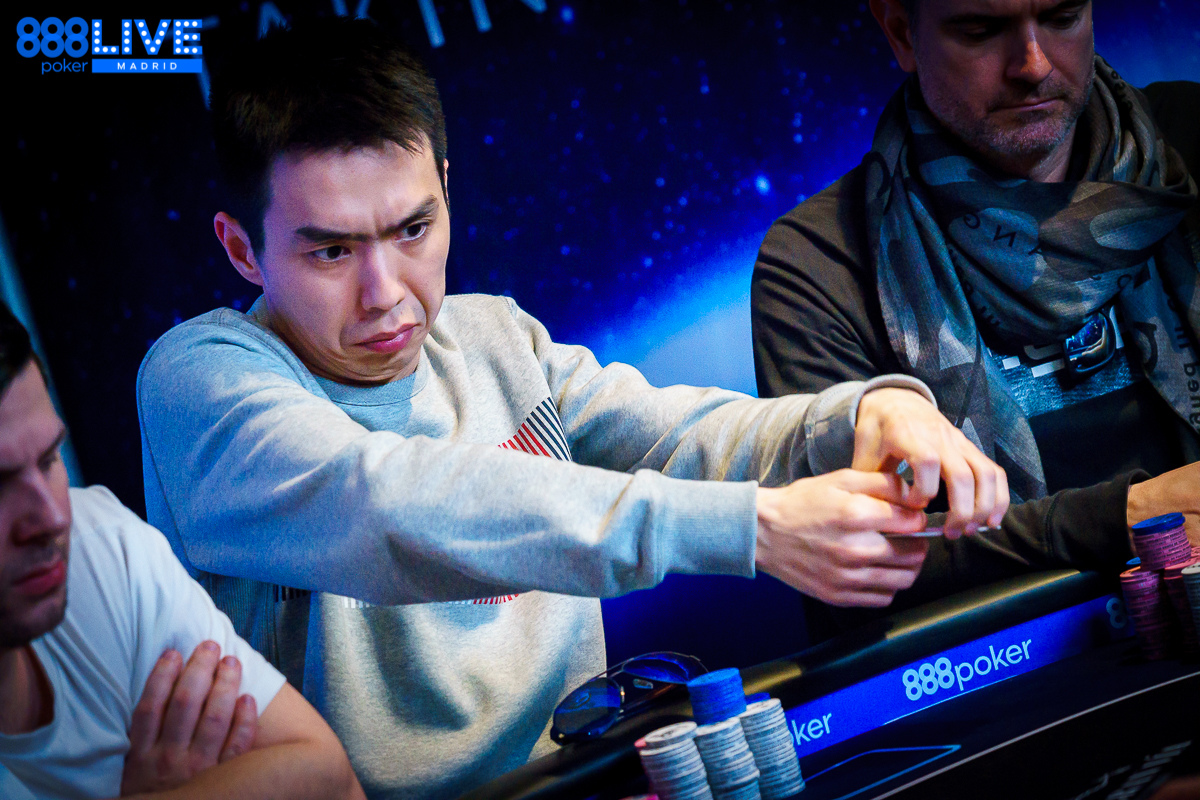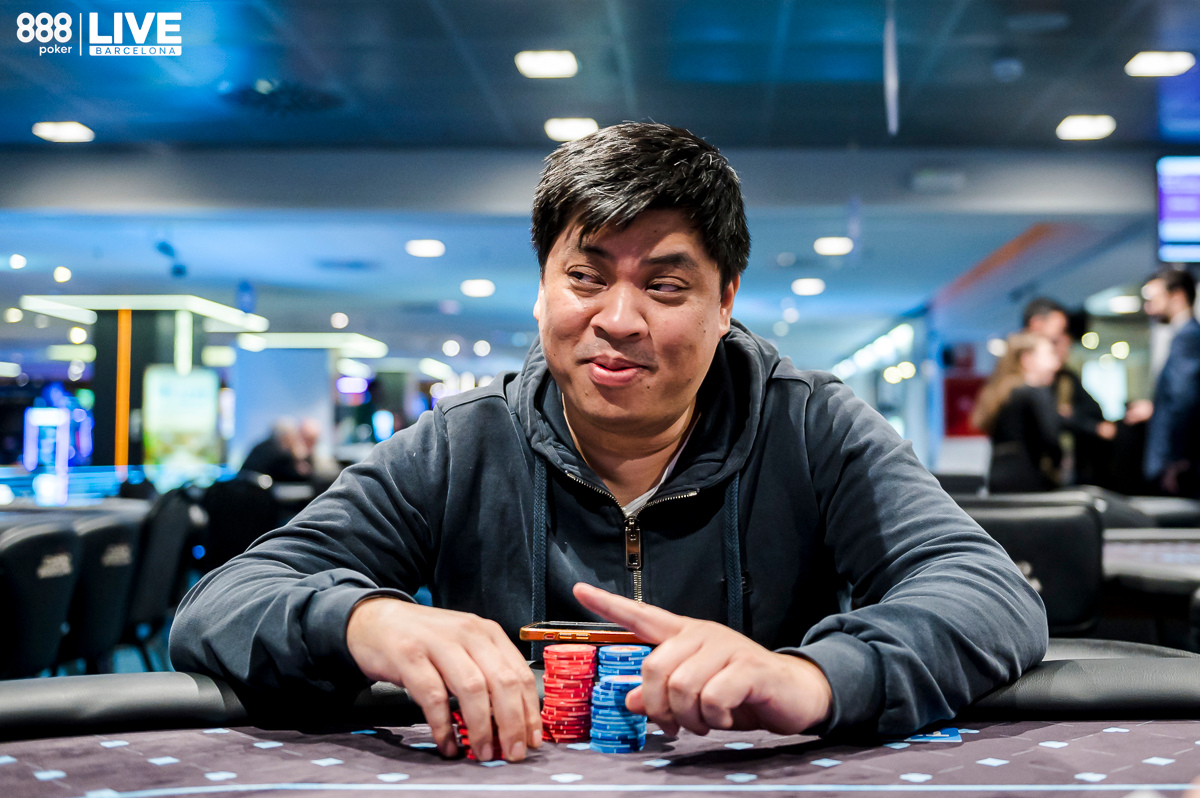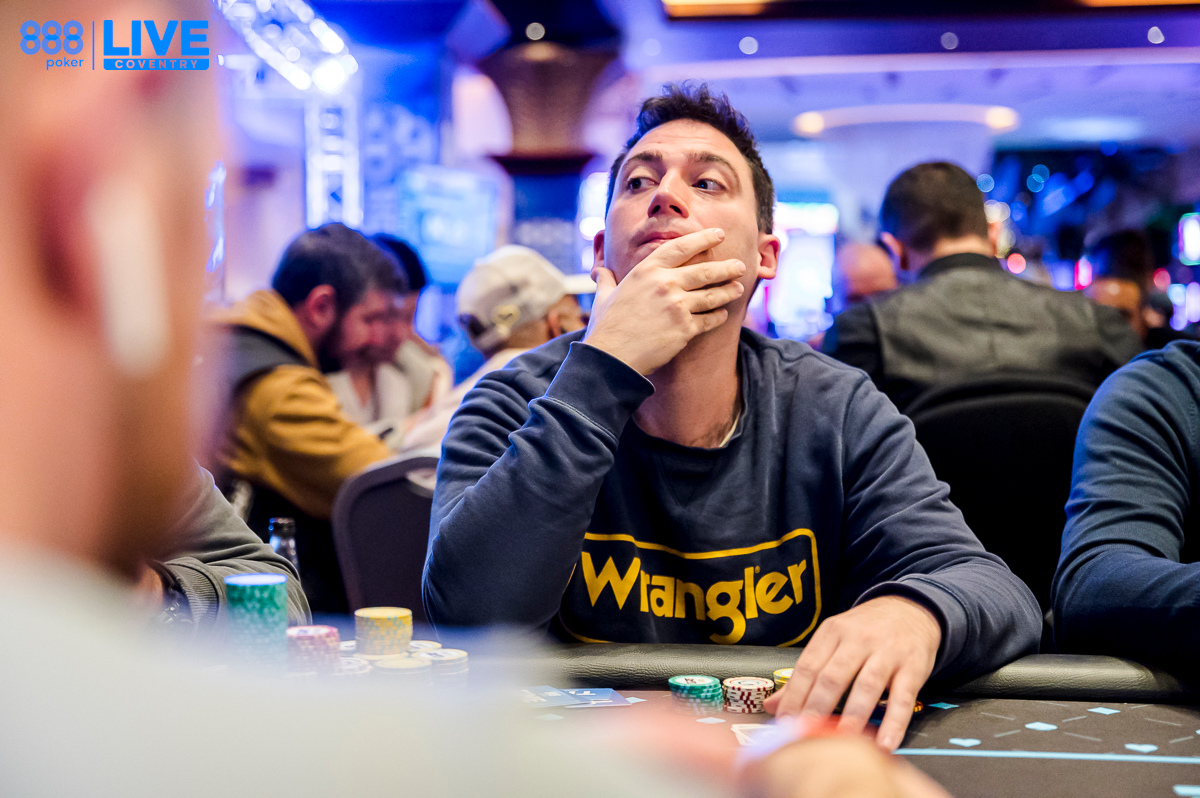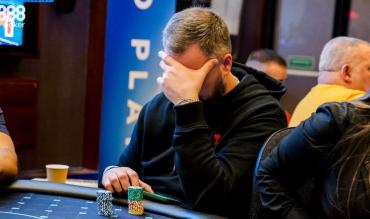Imagine this: you're deep in a Blast tournament, playing your best when a bad beat or an ill-timed mistake sends you spiralling into a state of tilt. When this happens, emotions run high, and your thinking gets muddled, which inevitably leads to poor decision-making.
But what if you had a process for managing your emotions? Understanding and managing tilt in poker games is crucial for long-term success, and Cognitive Behavioural Therapy (CBT) can help.
CBT, a well-established psychological approach, focuses on identifying and changing negative thought patterns that cause emotional distress.
By applying CBT strategies, you can learn to recognise your tilt triggers, challenge unhelpful thoughts, and develop greater emotional resilience.
Understanding Tilt Using CBT
CBT views tilt as a reaction to any thoughts and emotions that arise during a session, leading to a downward spiral in your performance.

From this perspective, tilt is the result of cognitive distortions, which are irrational or biased ways of thinking that distort reality and trigger negative emotional responses.
- A common cognitive distortion is "all-or-nothing thinking," where a player might see a bad beat as a catastrophic event. They believe their entire session is ruined because of one unlucky runout.
- Another frequent distortion is "overgeneralisation," where players might conclude that because they’ve lost a few poker hands in a row, they are destined to lose for the rest of the session.
These distorted thoughts don’t just live in your head; they create powerful emotional reactions, such as frustration, anger, or hopelessness. Strong emotions often lead to impulsive decision-making, chasing losses, or abandoning your strategy altogether.
CBT breaks this cycle by identifying and challenging these distortions in a more balanced, realistic way.
Identifying Personal Tilt Triggers
To effectively manage tilt, you must identify what specifically triggers it for you. Tilt triggers are highly personal and can vary widely between players. Some common triggers include a series of bad beats, making a costly mistake, or external stressors like fatigue or financial pressure.
The key is to determine which triggers most affect you.
Keeping a poker journal offers a practical way to identify your personal tilt triggers.
- Start by keeping a log to document your emotional reactions during each session.
- Note the specific situations (poker board) that led to feelings of frustration, anger, or hopelessness.
- Take the time to reflect on your thoughts and feelings immediately following a tilt-inducing event. What went through your mind when the trigger occurred? How did your body react?
Building awareness is essential because it teaches you to anticipate and prepare for these triggers in future sessions.

Cognitive Restructuring Techniques
Cognitive restructuring is a cornerstone of CBT and a powerful tool for managing strong emotions. It involves identifying and challenging the negative thoughts that fuel emotional reactions while replacing them with more constructive ones.
Challenging Negative Thoughts:
The first step in cognitive restructuring is to recognise the negative thoughts that come along with your tilt trigger. For example, after a bad beat, you might think, "I’m never going to win today" or "I’m so unlucky." These thoughts are not only unhelpful but often distorted.
To challenge them, ask yourself the following:
- Is this thought really true?
- What evidence do I have to support or refute it?
Critically examining negative thoughts helps you see that many exaggerations or irrational beliefs don't reflect reality.
Thought-Stopping Techniques:
This technique interrupts negative thought patterns - like dreaming of a bad beat jackpot - before they spiral out of control. When you notice a negative thought starting to form, use a simple yet powerful method like mindful deep breathing.

Simply taking a few minutes to breathe can help break the cycle of negative thinking. Alternatively, you could use a physical cue, like snapping a rubber band on your wrist. This method disrupts the thought and brings your attention back to the present moment.
Using cognitive restructuring techniques like these is a practical way to combat tilt in real-time. These tools can improve resilience and overall performance.
Developing Emotional Regulation Skills
While cognitive restructuring helps manage the thoughts that lead to tilt, learning to manage one's emotions is also crucial.
Emotional regulation involves learning how to respond to your feelings in a way that keeps you grounded and focused.
Building Emotional Resilience:
Building emotional resilience is one of the most effective ways to enhance emotional regulation. Even in stressful situations, deep breathing and visualisation techniques can help you stay calm and focused.
Taking a few deep breaths before playing can lower your stress and mentally prepare you for the game. Visualisation, where you imagine staying calm and making good decisions in the face of potential tilt triggers, is also a powerful way to build resilience.

Practising Acceptance:
Poker is a game of variance—sometimes you'll win, and sometimes you'll lose, regardless of how well you play. Accepting this reality reduces the emotional volatility that comes with unexpected outcomes.
Instead of resisting or becoming frustrated by these events, acknowledge them as part of the game and refocus on what you can control – like your poker combos.
Implementing CBT Strategies in Your Game
To effectively integrate CBT strategies into your game, start by creating a pre-game routine that is tilt prevention focused. Before you play, spend a few minutes breathing deeply and visualising yourself handling challenges calmly and capably.
- In-game, stay aware of your thoughts and emotions. If you notice a tilt trigger, use thought-stopping techniques like deep breathing or a physical cue to interrupt the negative cycle.
- After your session, complete a post-game review where you catalogue any instances of tilt while also assessing how well you implemented your CBT strategies. Note any areas that need improvement.
Overcoming tilt is essential for maintaining peak performance in poker, and CBT provides practical strategies to achieve this.
By identifying your personal tilt triggers, restructuring negative thoughts, and developing emotional regulation skills, you can control your emotions and make better decisions at the table.


